Manufacturing Rigging: Moving and Installing Heavy Machinery
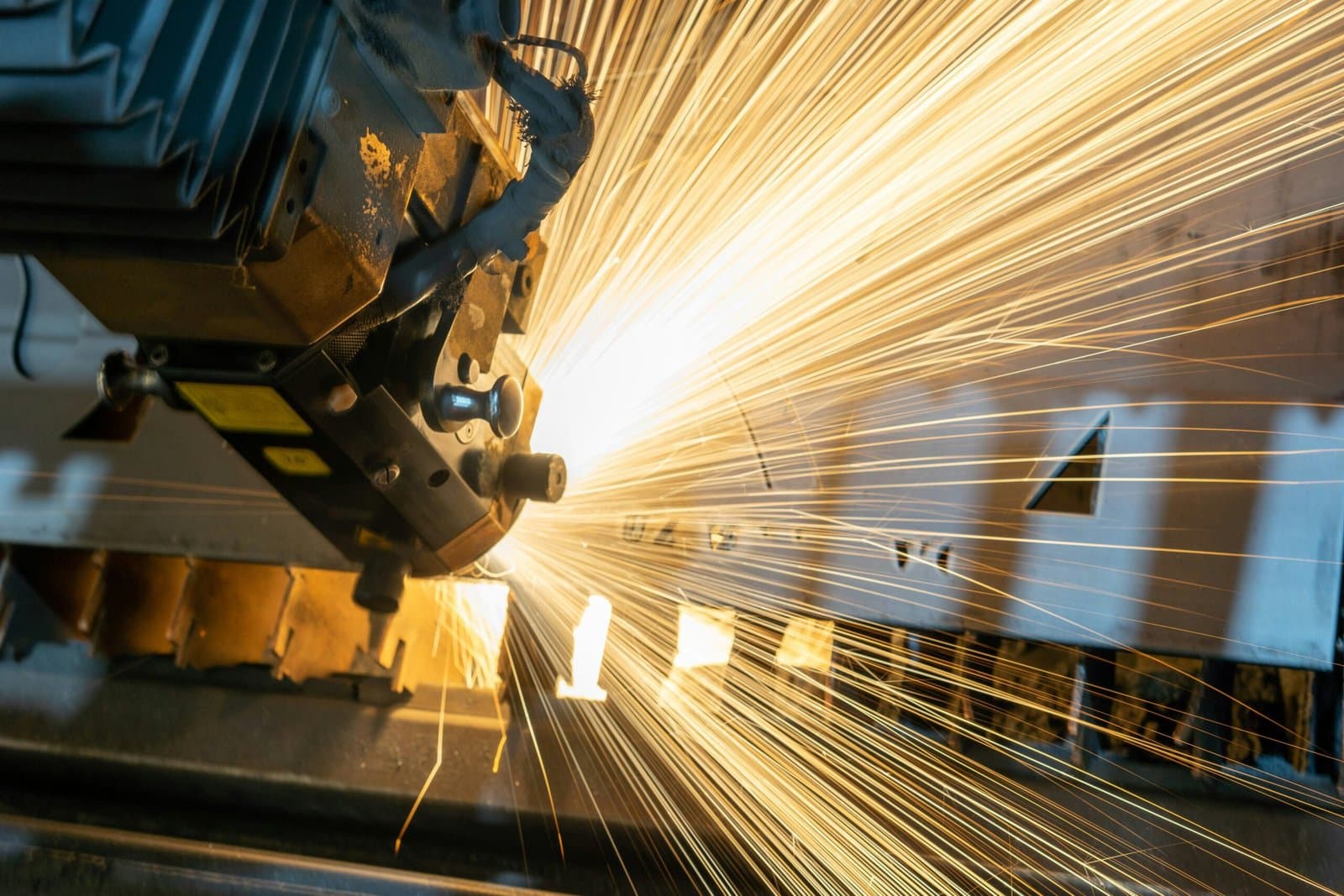
Manufacturing facilities rely on heavy machinery to maintain efficient production. However, moving and installing these massive machines is a complex task that requires precision, expertise, and specialized equipment. Whether it’s relocating an entire production line or installing a new CNC machine, proper rigging ensures minimal downtime, worker safety, and machinery protection.
In this guide, we’ll explore the critical aspects of manufacturing rigging, key safety measures, equipment involved, and best practices to ensure smooth operations.
What is Manufacturing Rigging?
Manufacturing rigging refers to the process of lifting, moving, and positioning heavy machinery within industrial facilities. It involves the use of cranes, hoists, slings, and hydraulic systems to transport machines safely and efficiently. Rigging is necessary for:
✅ New Equipment Installation – Ensuring machines are placed precisely and aligned for immediate operation.
✅ Facility Relocations – Moving entire manufacturing setups to new locations.
✅ Maintenance and Repairs – Lifting heavy equipment for servicing and upgrades.
✅ Production Line Modifications – Adjusting machinery positions to optimize workflow.
Without proper rigging techniques, companies risk costly damages, delays, and workplace injuries.
Key Considerations for Moving Heavy Machinery
1. Rigging Planning and Load Assessment
Before any machinery move, a detailed plan is essential. This includes:
-
Evaluating the weight and dimensions of the machinery.
-
Determining the center of gravity for proper load balancing.
-
Assessing potential obstacles like narrow doorways, overhead obstructions, and floor load capacities.
-
Creating a step-by-step rigging strategy that includes lifting points, securing methods, and transport routes.
Failure to plan correctly can result in equipment tipping, property damage, and safety hazards.
2. Selecting the Right Rigging Equipment
Using the correct rigging tools ensures safety and efficiency. Here are some of the most commonly used rigging equipment:
| Rigging Equipment | Purpose |
|---|---|
| Cranes & Hoists | Lifting heavy machinery to different heights |
| Slings & Shackles | Securely holding and balancing loads |
| Rollers & Machine Skates | Moving machinery horizontally across factory floors |
| Hydraulic Gantries | Precise lifting and positioning in confined spaces |
| Forklifts & Boom Trucks | Transporting and loading medium-sized equipment |
| Spreader Bars | Evenly distributing weight for stable lifts |
Selecting the right combination of rigging tools depends on the machine’s weight, shape, and the environment in which it’s being moved.
3. Safety Protocols and Compliance Standards
Industrial rigging is a high-risk activity. Improper techniques can lead to serious accidents, equipment damage, and operational delays. To prevent this, manufacturing facilities must follow OSHA (Occupational Safety and Health Administration) and ANSI (American National Standards Institute) standards.
Key safety measures include:
-
Inspecting all rigging equipment before use to check for wear, corrosion, or malfunctions.
-
Ensuring all rigging professionals are trained and certified in load handling and equipment operation.
-
Securing the work area by keeping unauthorized personnel away from lifting zones.
-
Using tag lines to control swinging loads and prevent machine damage.
-
Implementing clear communication signals between rigging teams to ensure smooth execution.
Following these protocols minimizes risks and ensures successful machinery movement.
The Rigging Process: Step-by-Step Guide
Step 1: Site Preparation
-
Measure all access points and floor load capacities.
-
Identify potential obstructions (low ceilings, support beams, pipes, electrical lines).
-
Ensure all permits and safety approvals are in place.
Step 2: Equipment Selection and Load Securing
-
Determine the appropriate slings, shackles, or spreader bars for the lift.
-
Balance the machine’s weight properly to prevent tipping.
-
Use proper load restraint techniques to keep equipment secure during transport.
Step 3: Lifting and Transporting
-
Utilize cranes, forklifts, or gantries for controlled lifting.
-
Move machinery slowly and steadily to avoid sudden shifts.
-
Use rollers and skates for precise movements in tight spaces.
Step 4: Installation and Alignment
-
Place the machine in its final location using precision positioning tools.
-
Secure all bolts, anchor points, and power connections.
-
Conduct a final safety check before powering up the equipment.
Proper execution of each step ensures that machinery is safely moved and installed with minimal disruption.
Why Choose APS Industrial Services for Rigging and Machinery Moving?
Rigging requires expertise, precision, and compliance with strict safety standards. At APS Industrial Services, we provide turnkey rigging solutions for manufacturing facilities, ensuring smooth and efficient equipment relocations.
Here’s what sets us apart:
✔ Expert Rigging Teams – Certified professionals trained in heavy machinery relocation.
✔ State-of-the-Art Equipment – We use industry-leading tools for safe lifting and moving.
✔ Minimal Downtime Strategies – We prioritize efficiency to reduce production disruptions.
✔ Custom Solutions – Tailored rigging plans based on your facility’s needs.
Whether you’re installing new equipment, moving a production line, or relocating a facility, APS Industrial Services has the experience to get the job done safely and efficiently.
Need Reliable Rigging Services? Contact APS Industrial Services Today!
If your manufacturing facility requires heavy machinery moving or installation, trust the experts at APS Industrial Services. Contact us today for a consultation and customized rigging solutions!
Newsletter
Don't miss a thing!
Sign up to receive daily news
Recent Posts
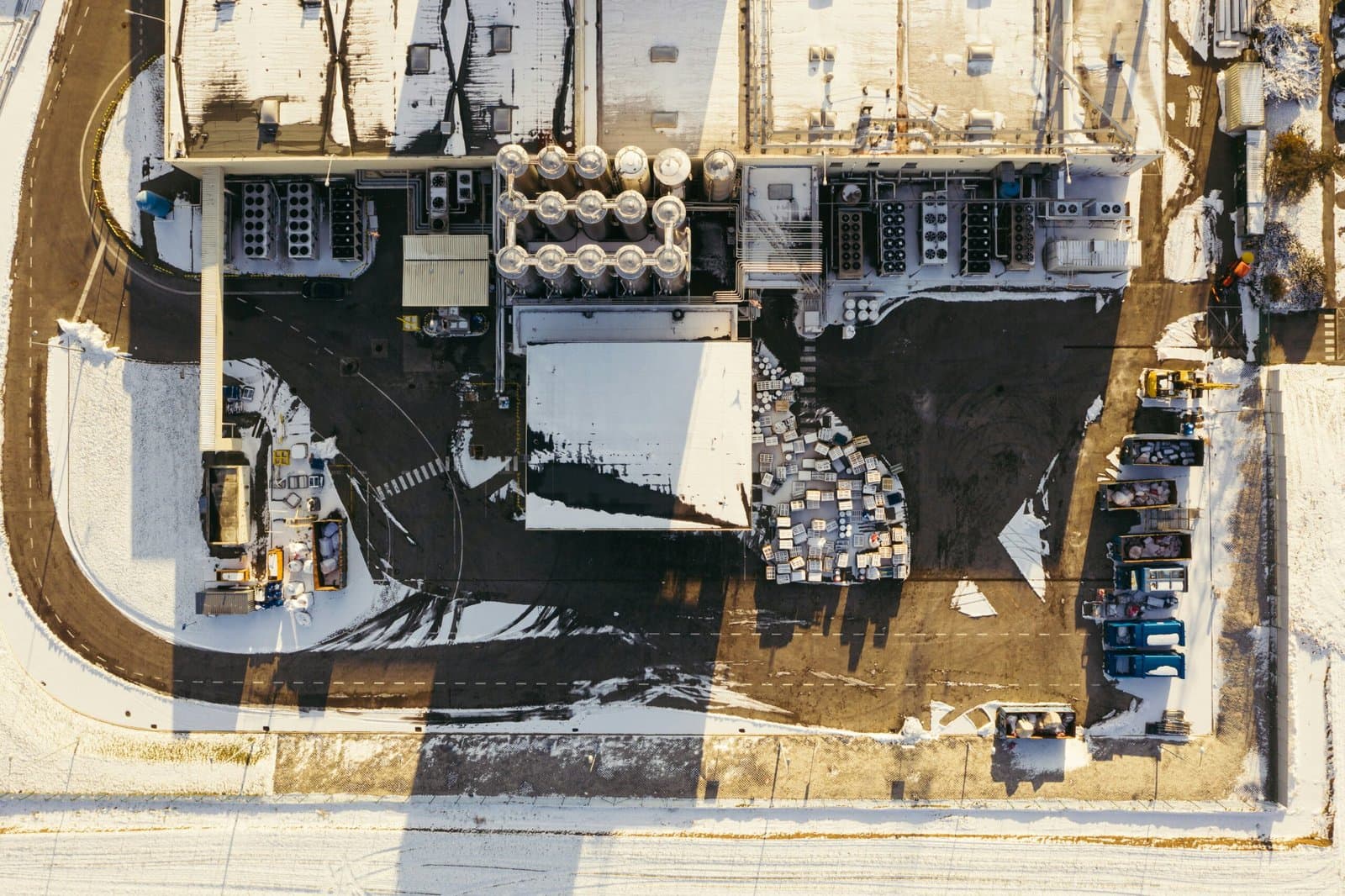
march 28, 2025
Industrial Facility Dismantling: Challenges & Solutions
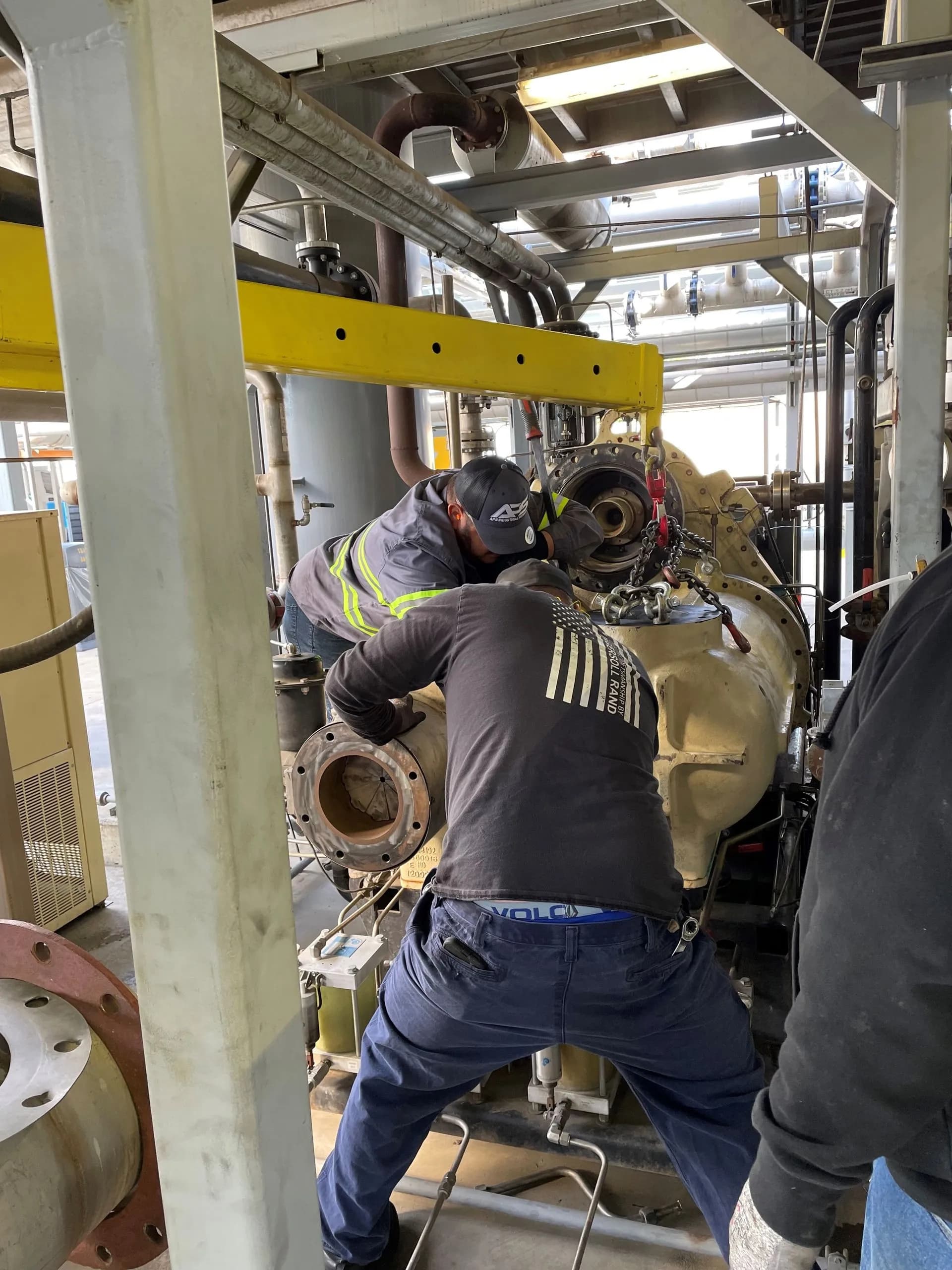
march 26, 2025
Machinery Moving: Protecting Your Facility
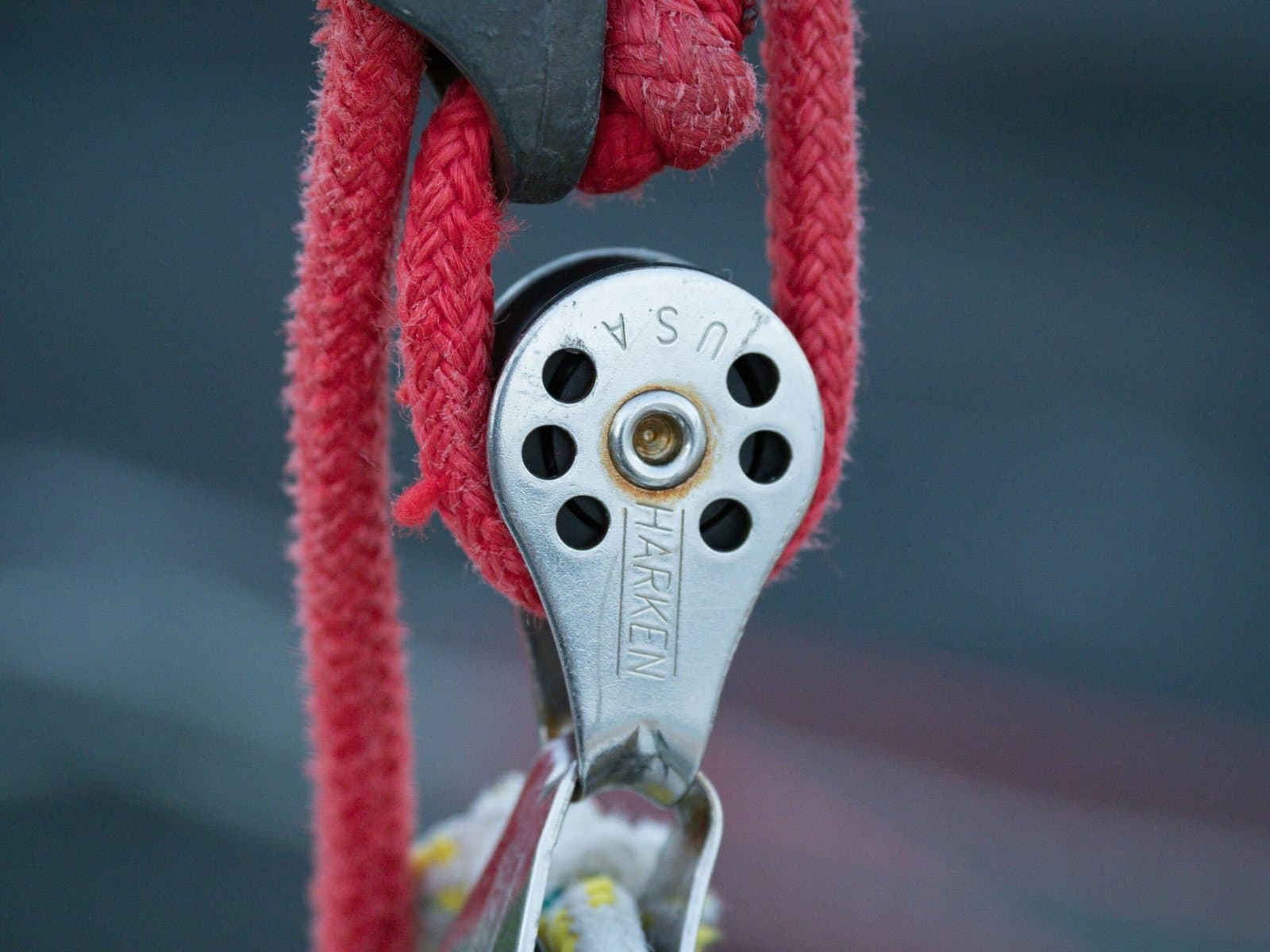
march 26, 2025
Machinery Moving: Proper Rigging for Safe Lifting & Transport

march 22, 2025
Commercial Office Cleaning: Enhancing Productivity & Employee Well-Being
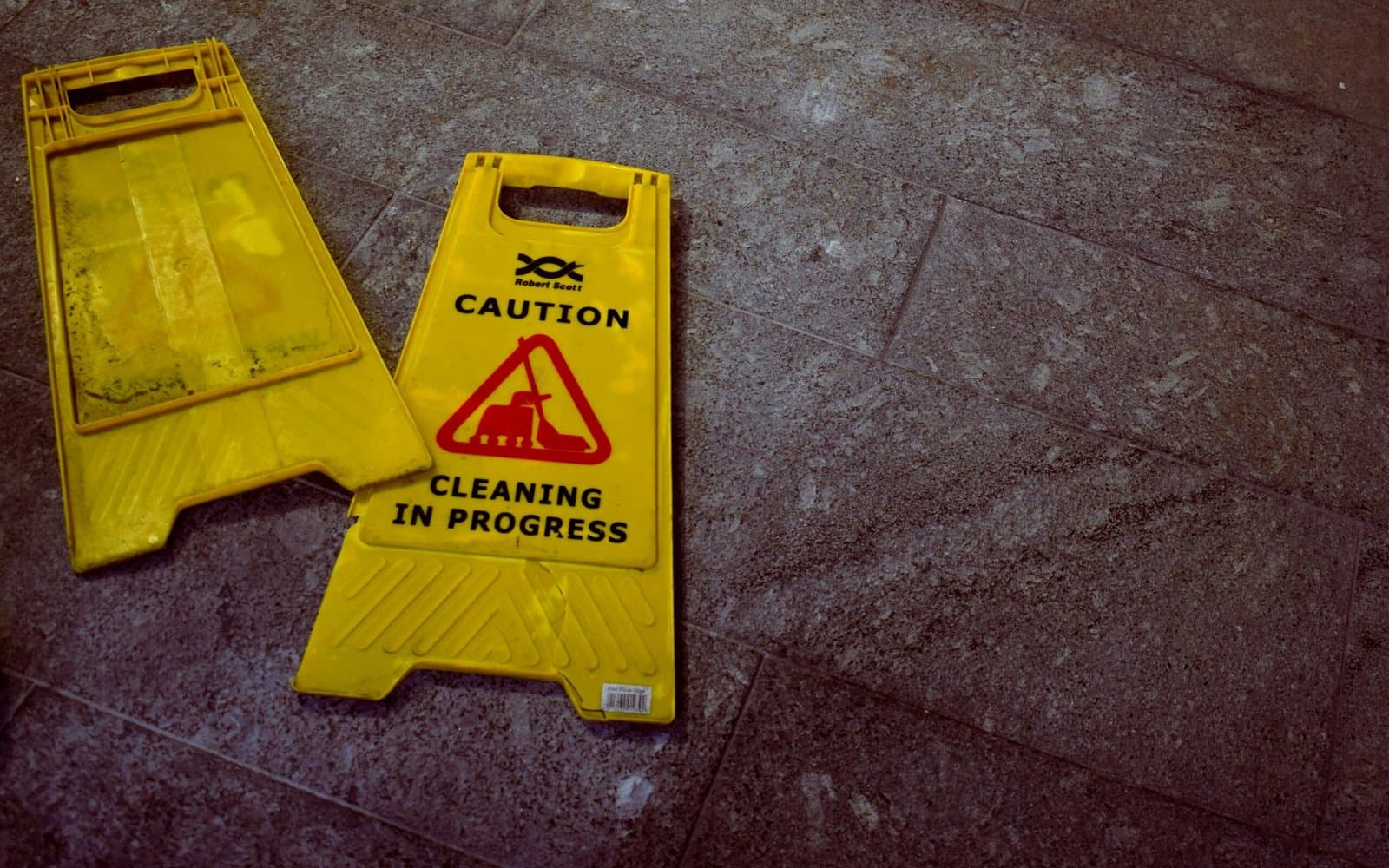
march 21, 2025